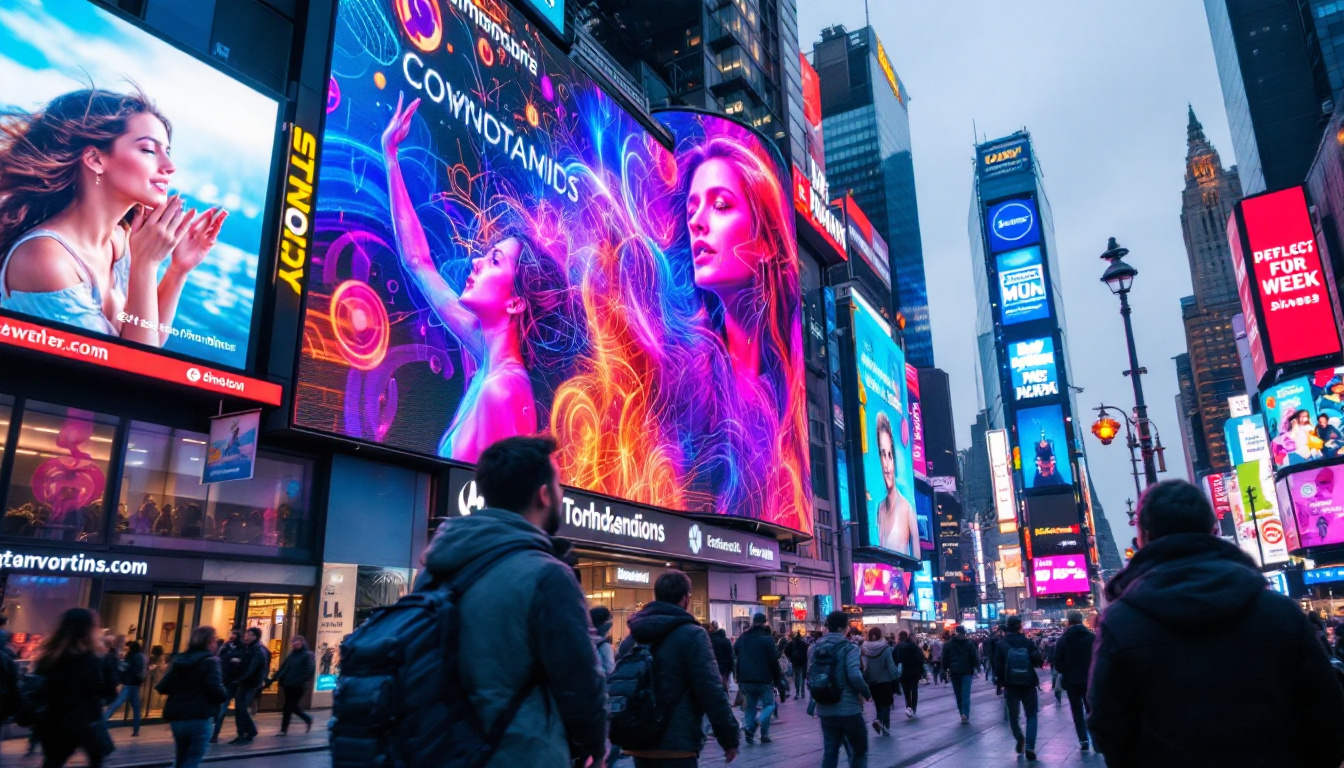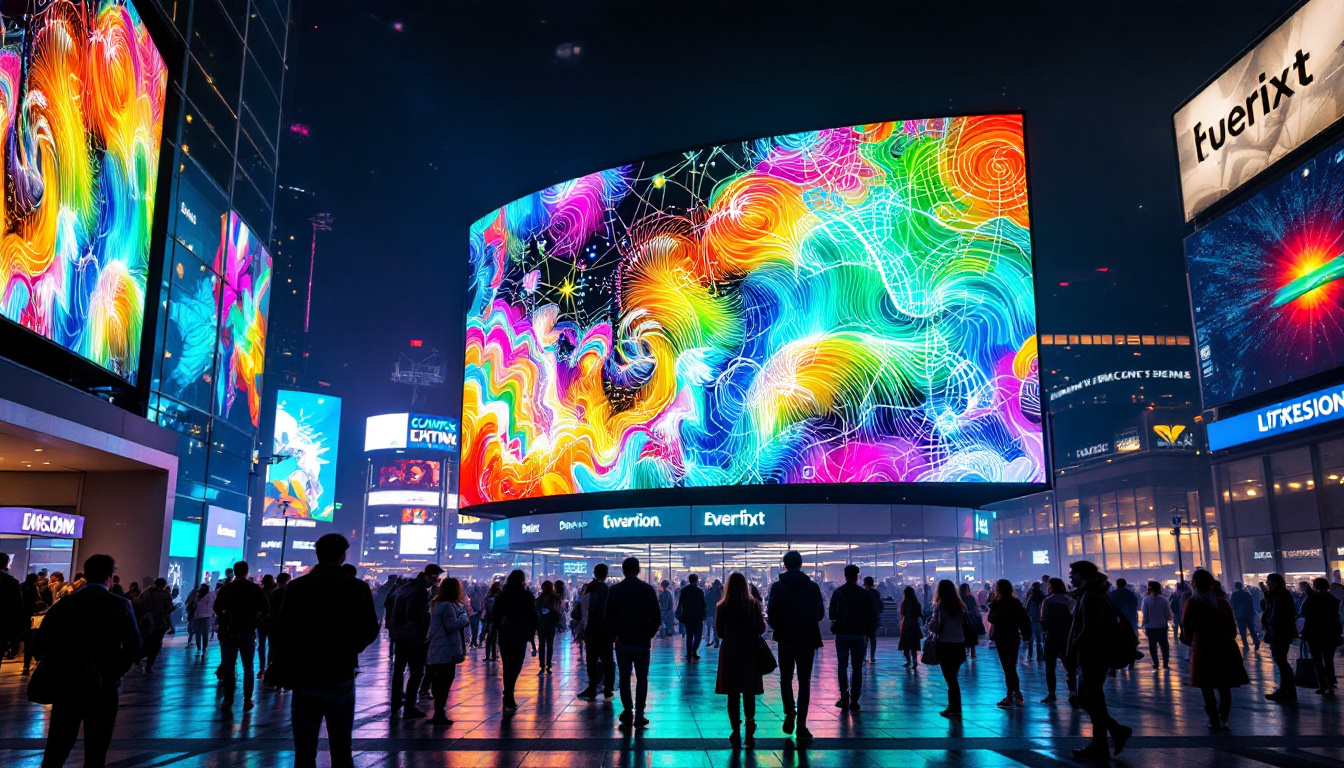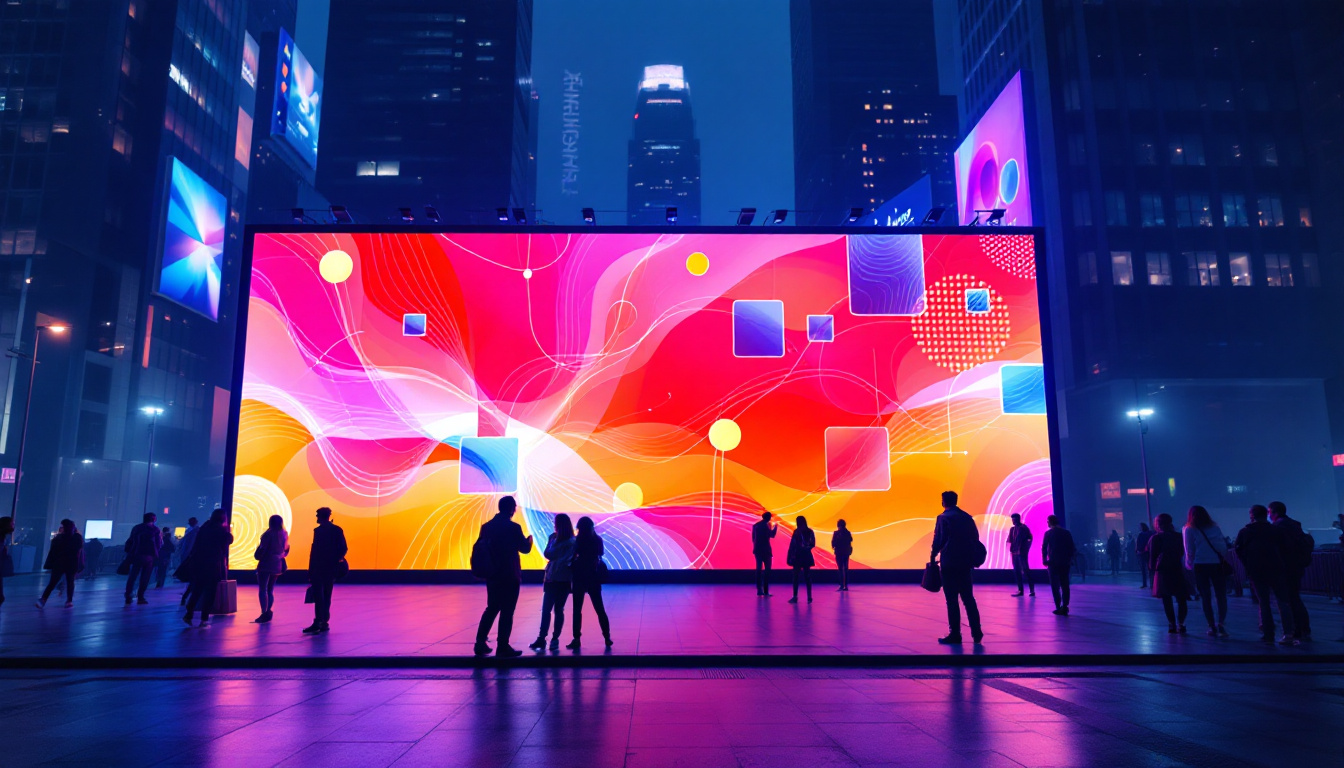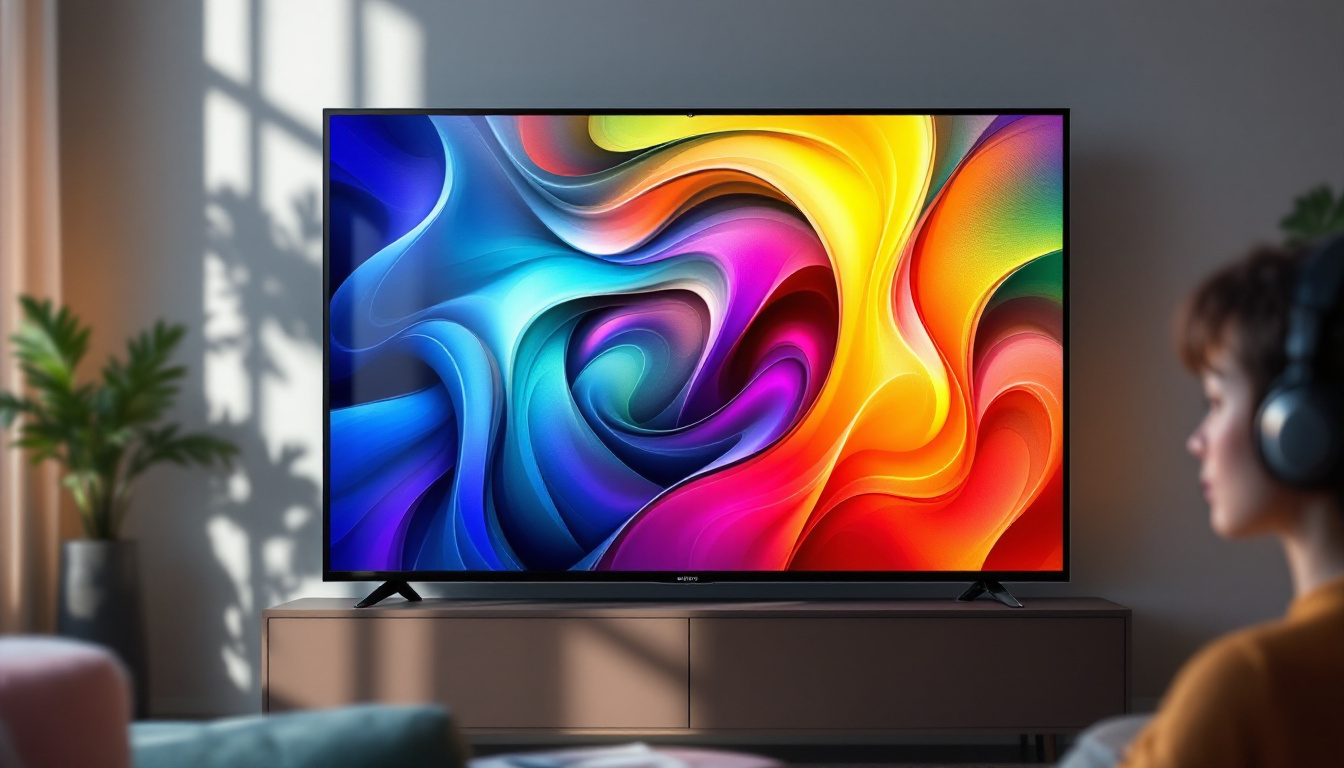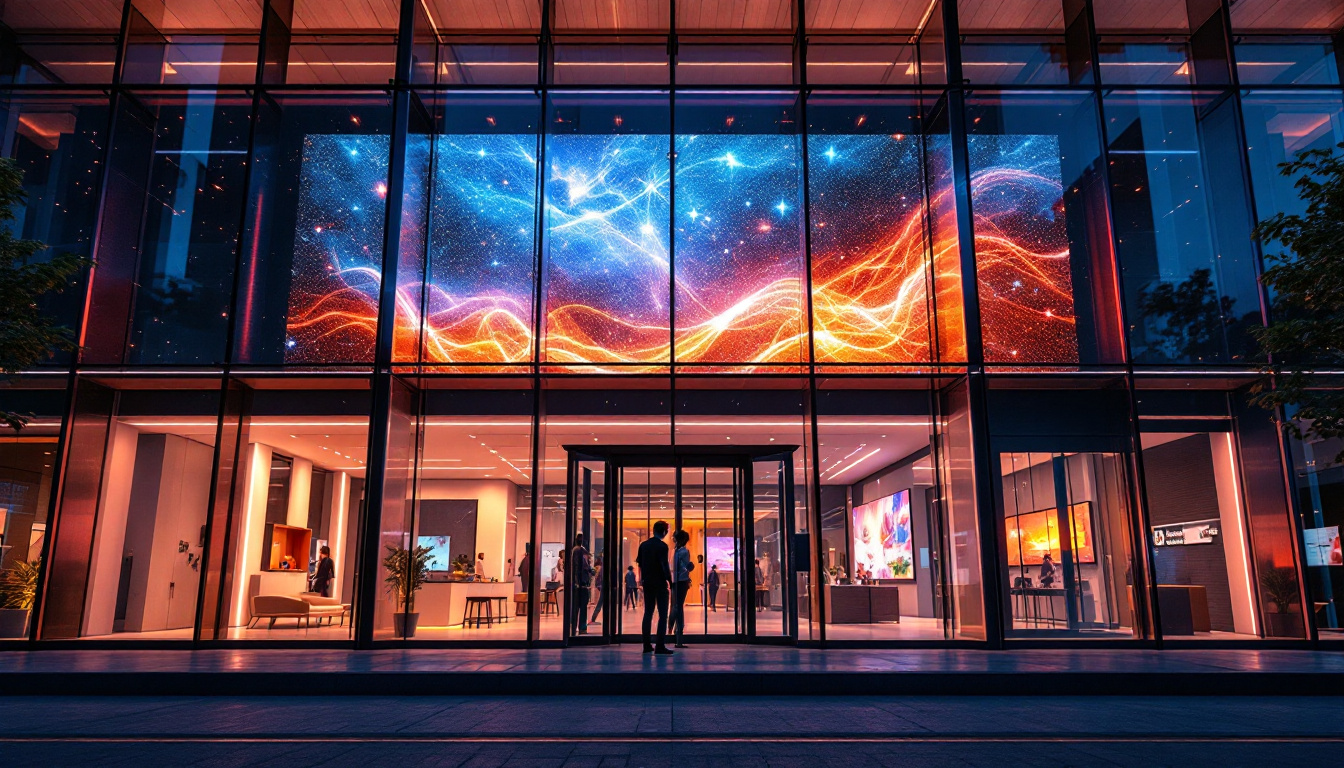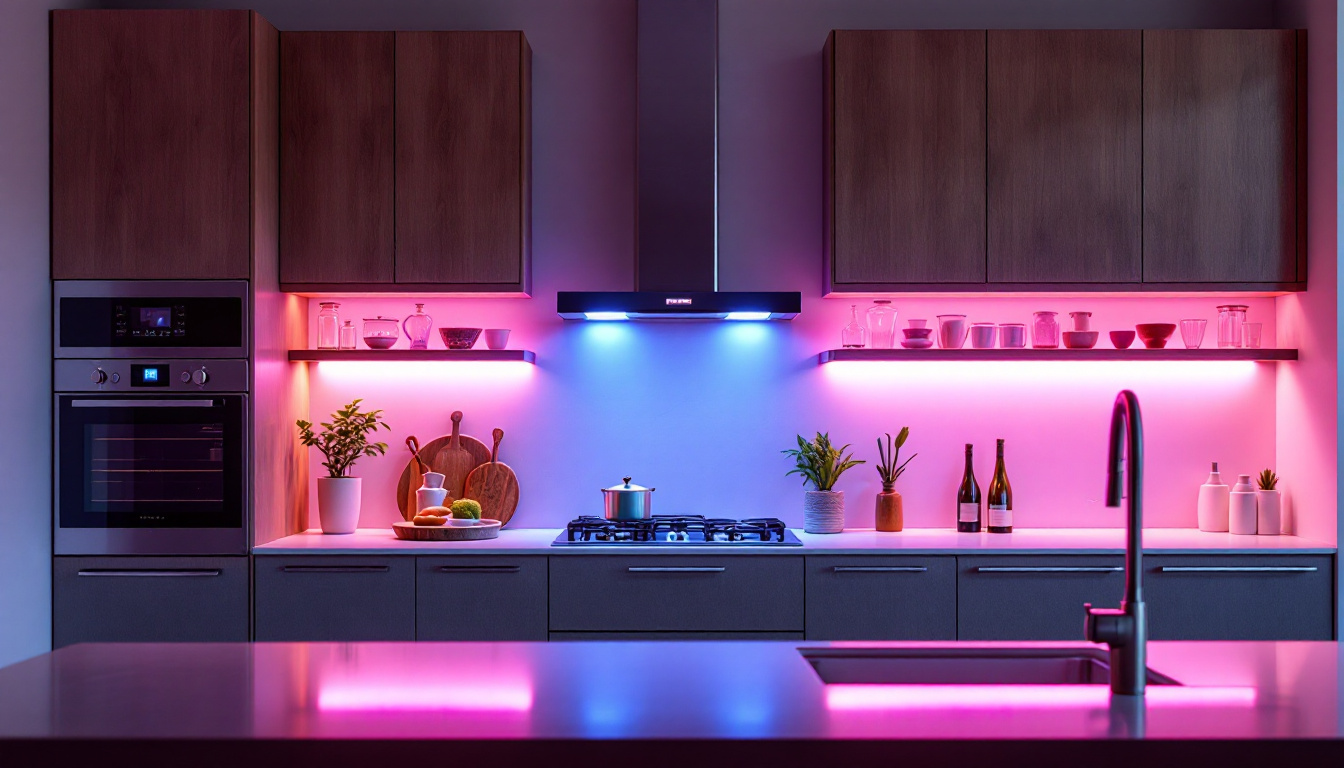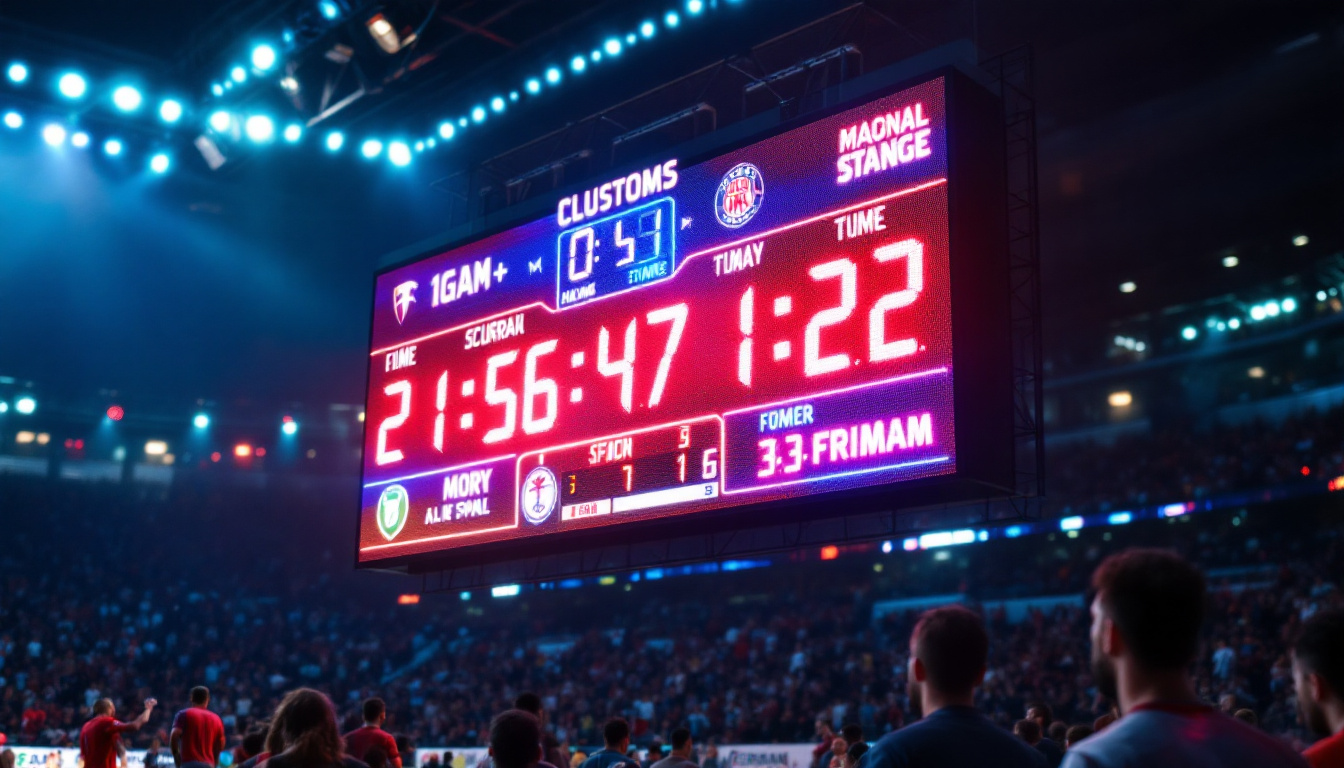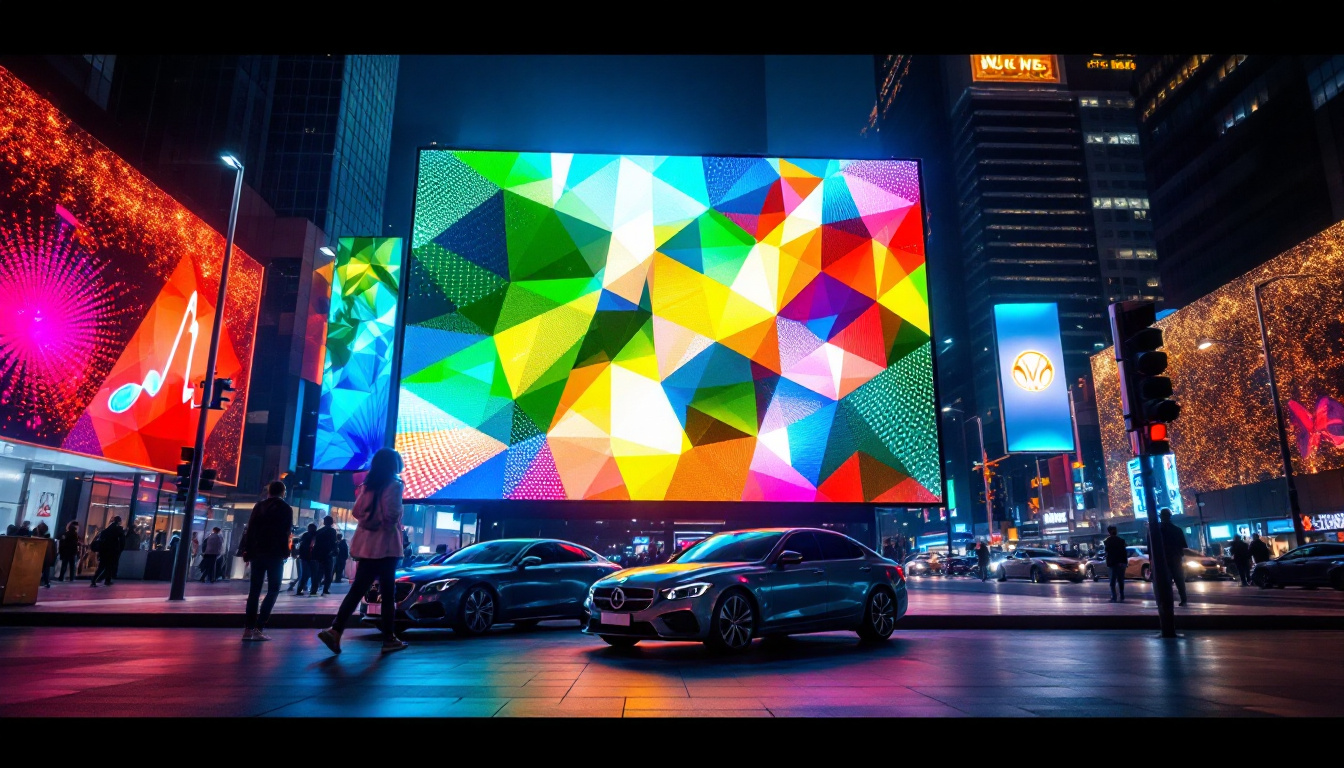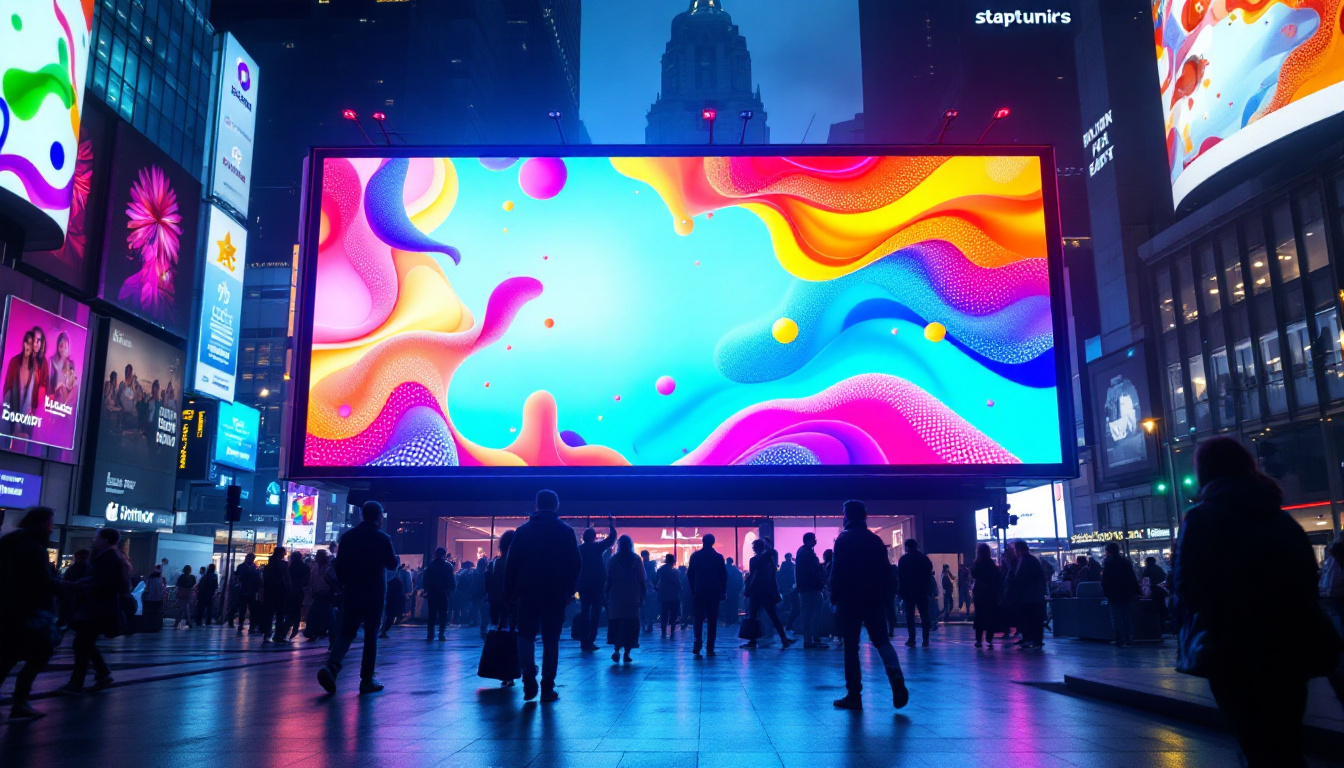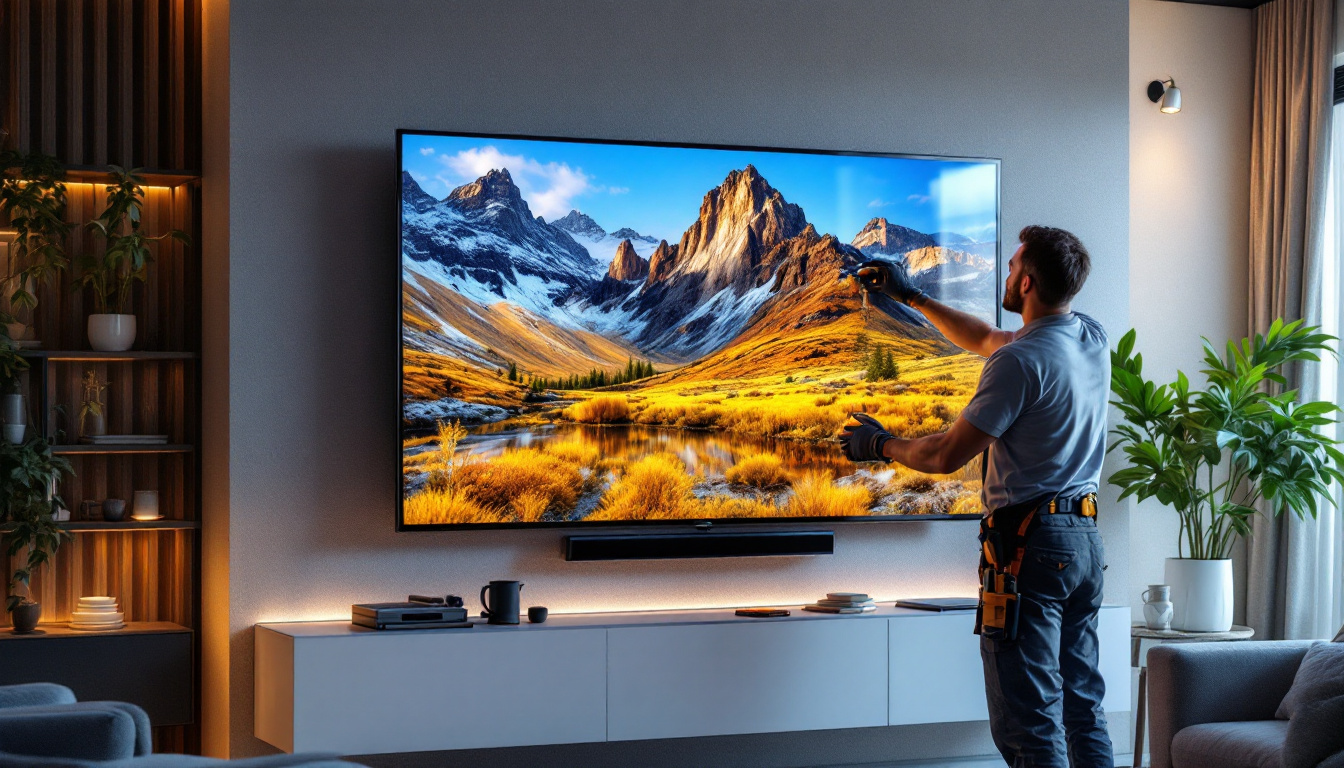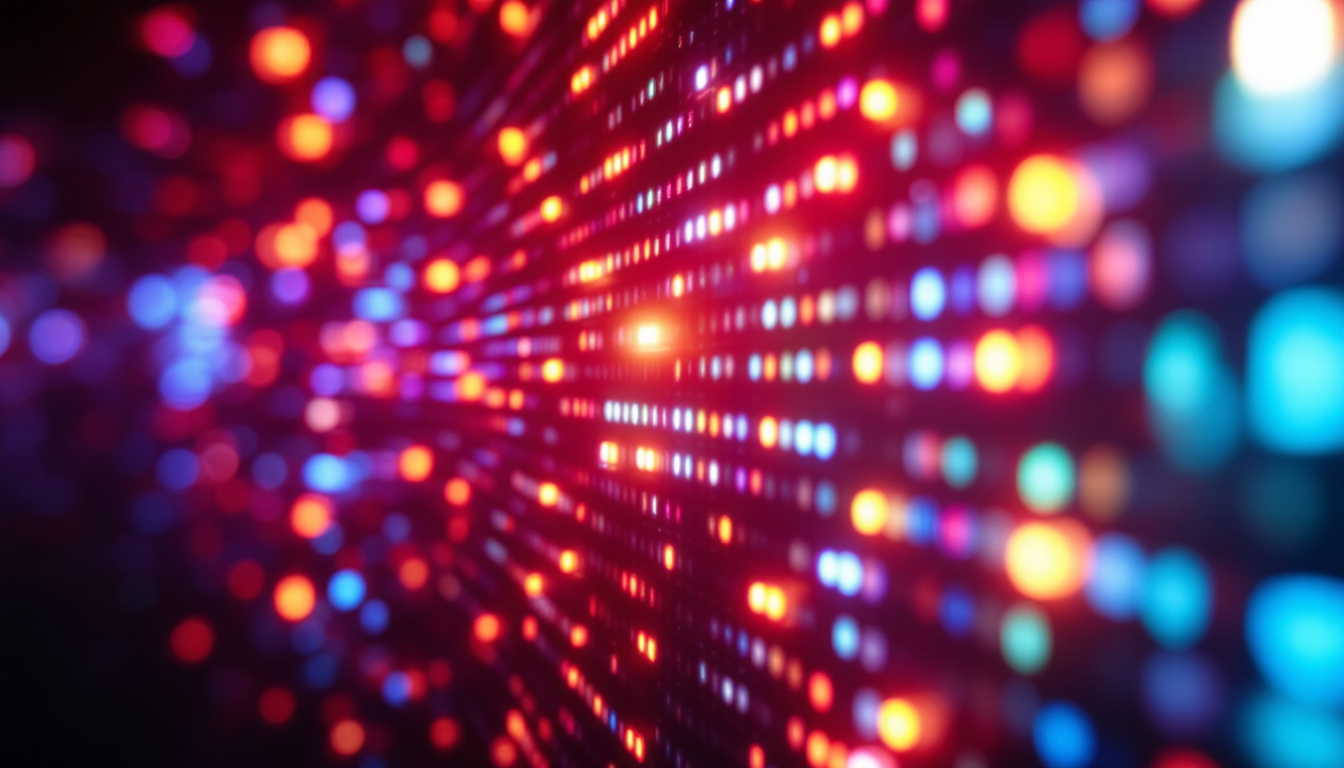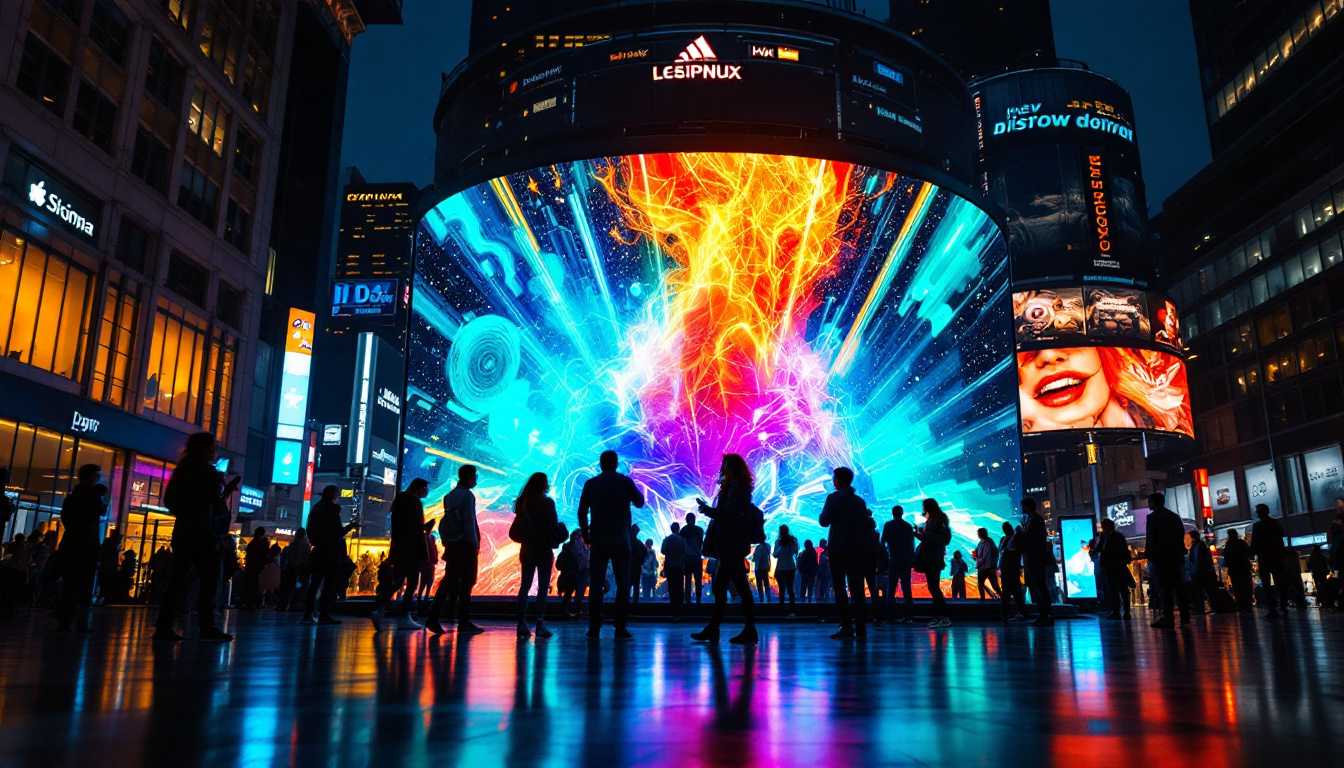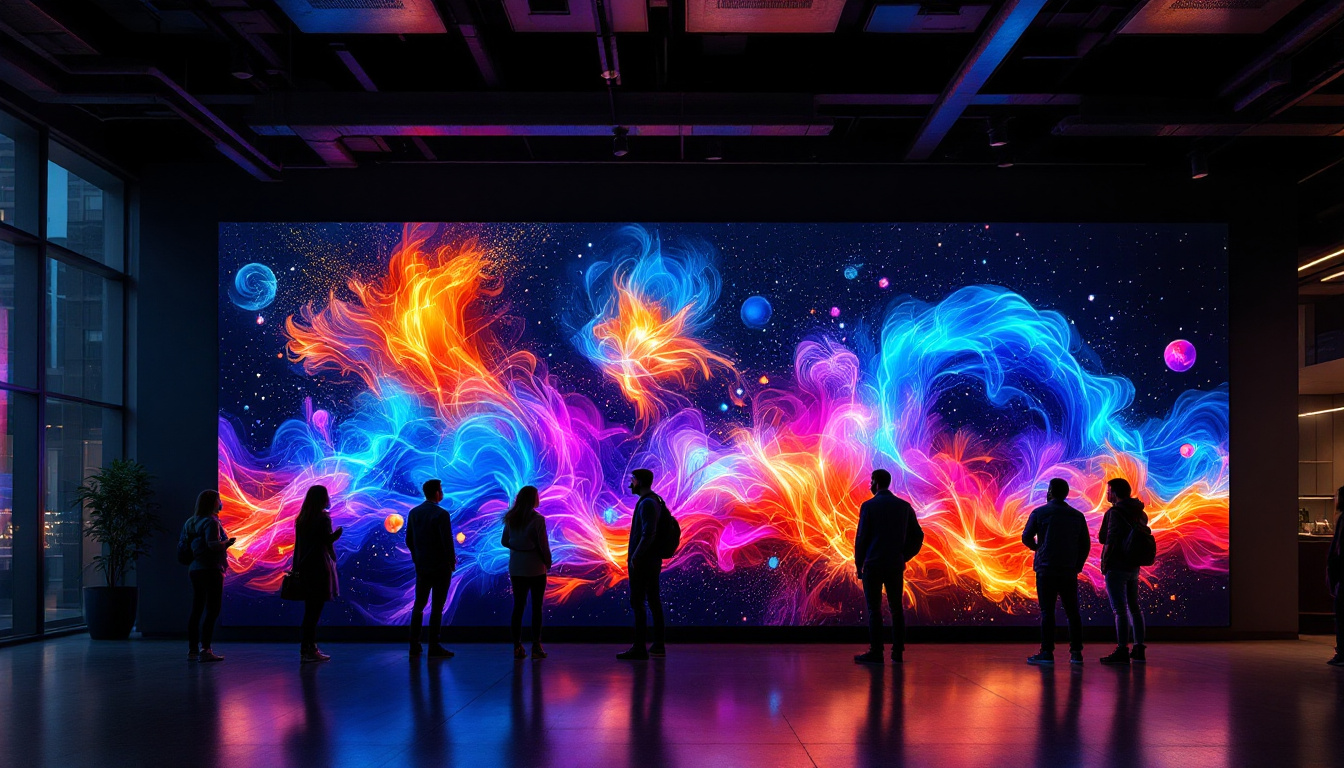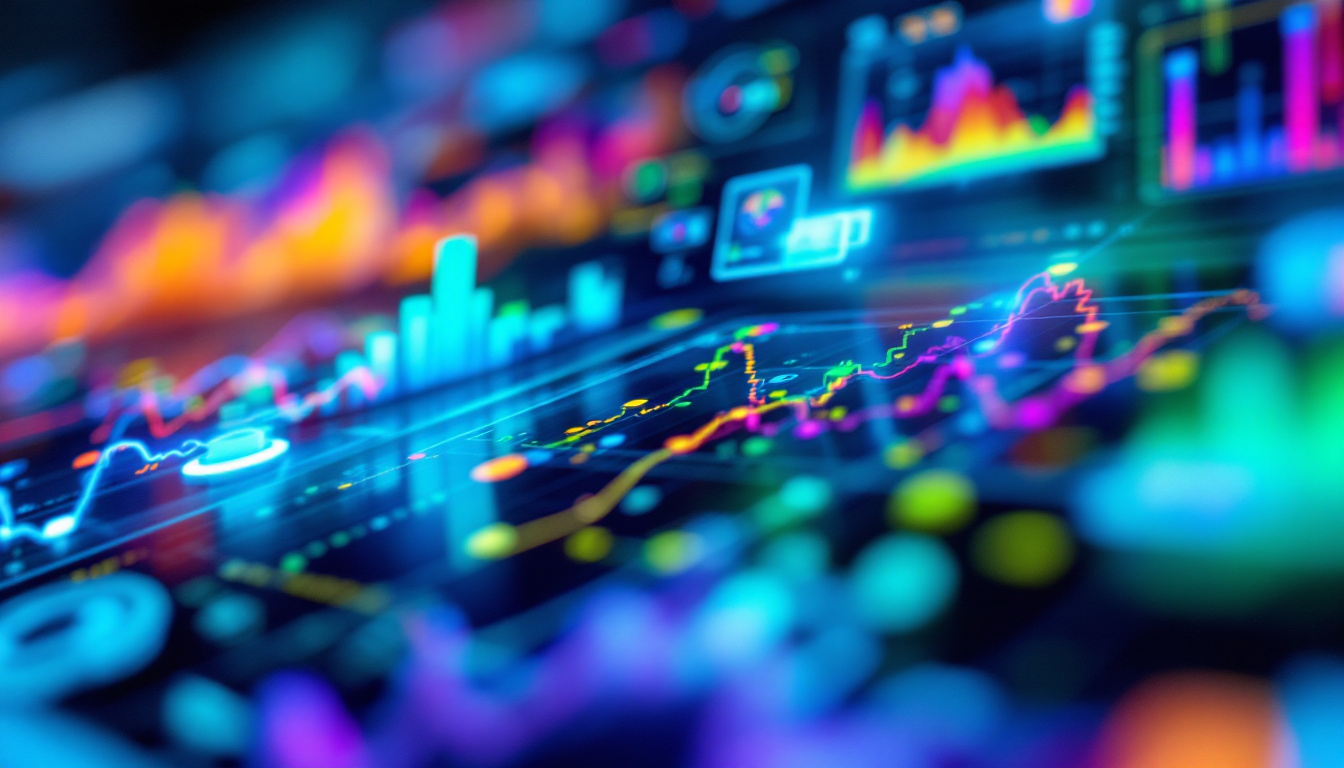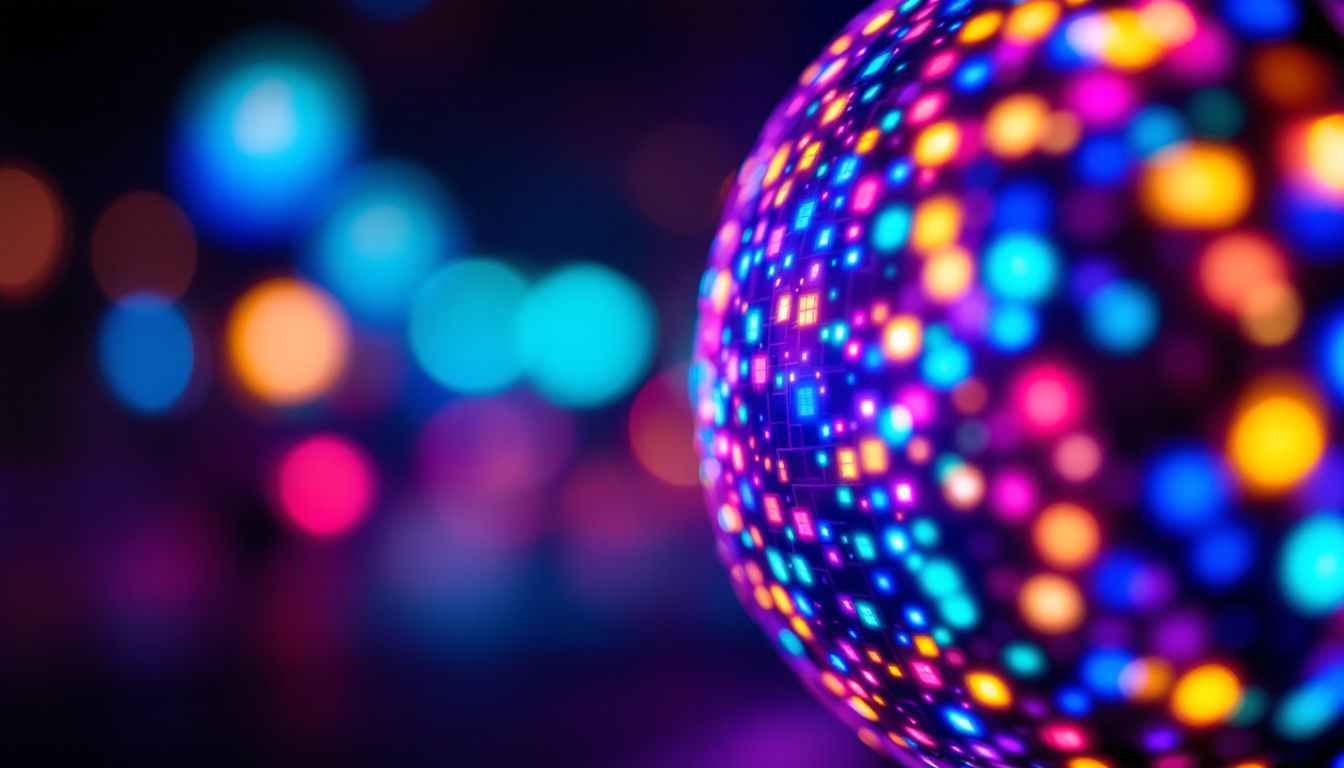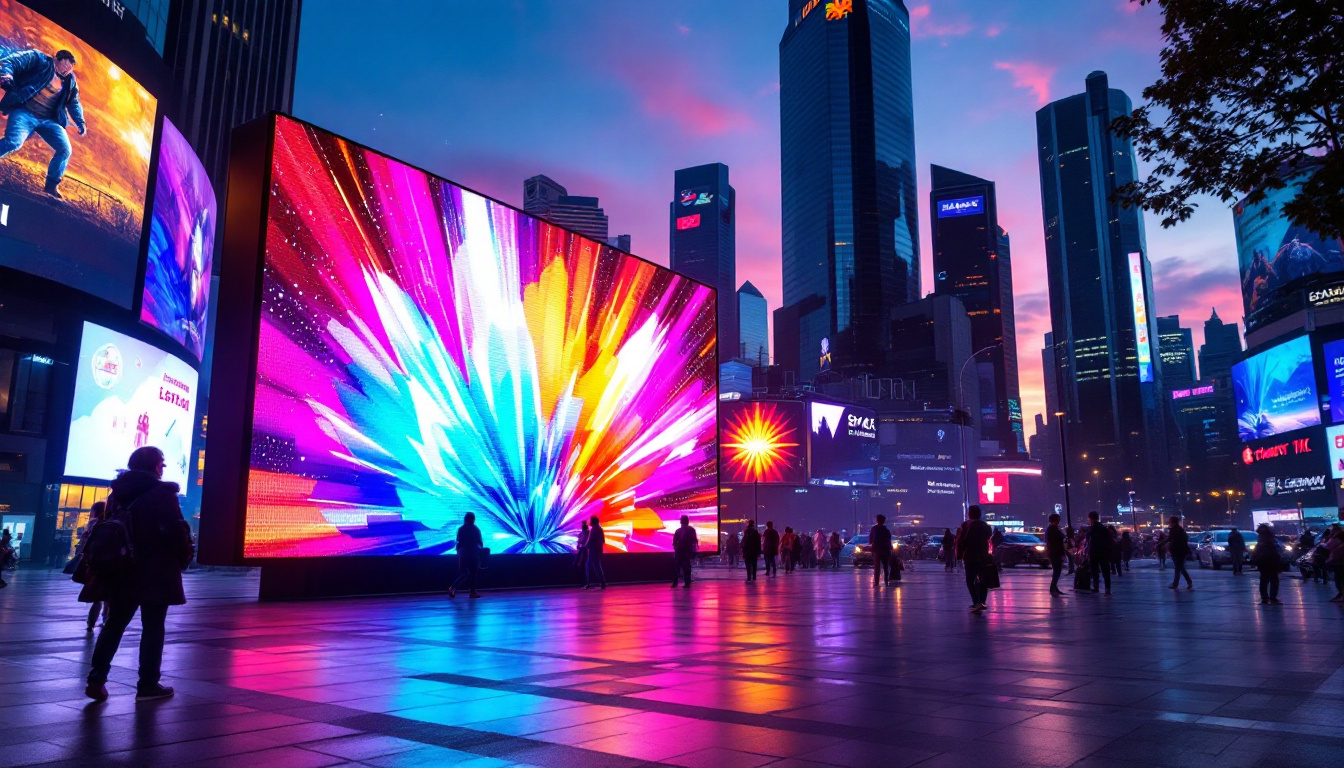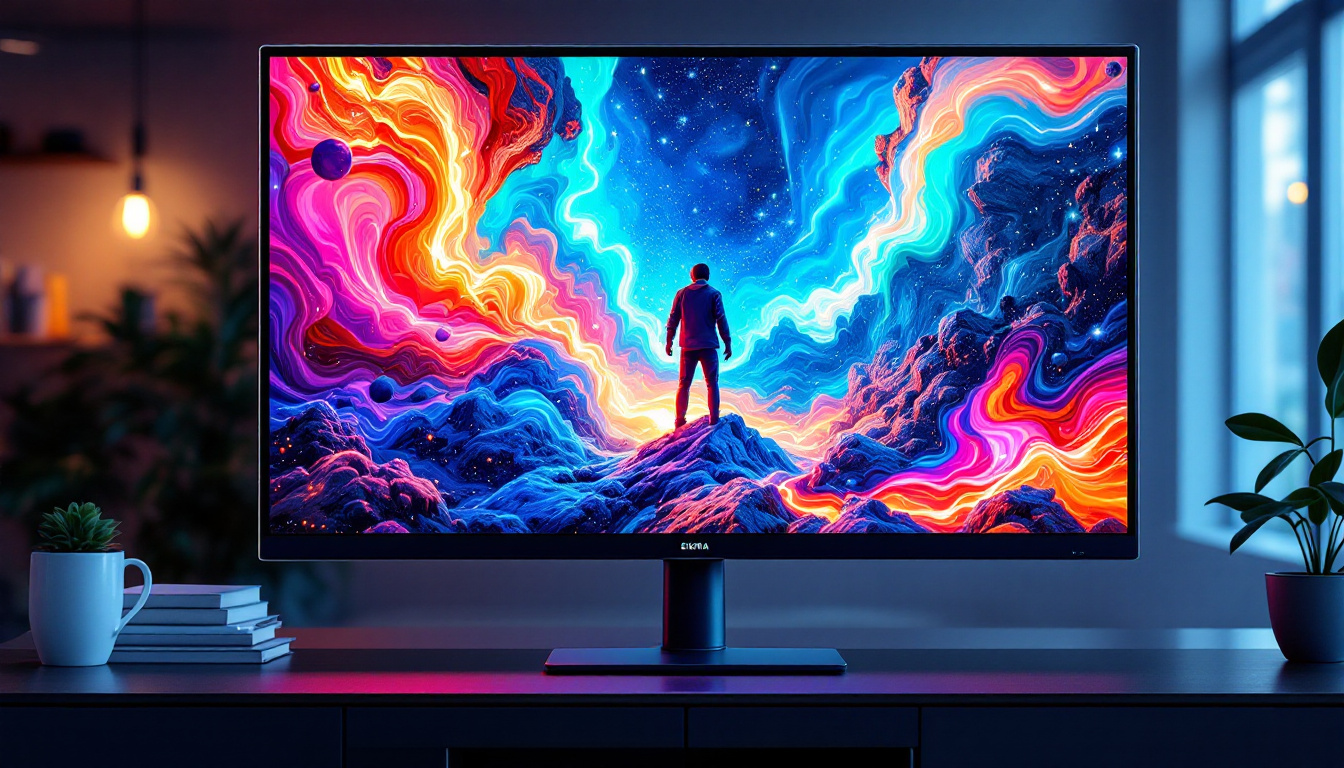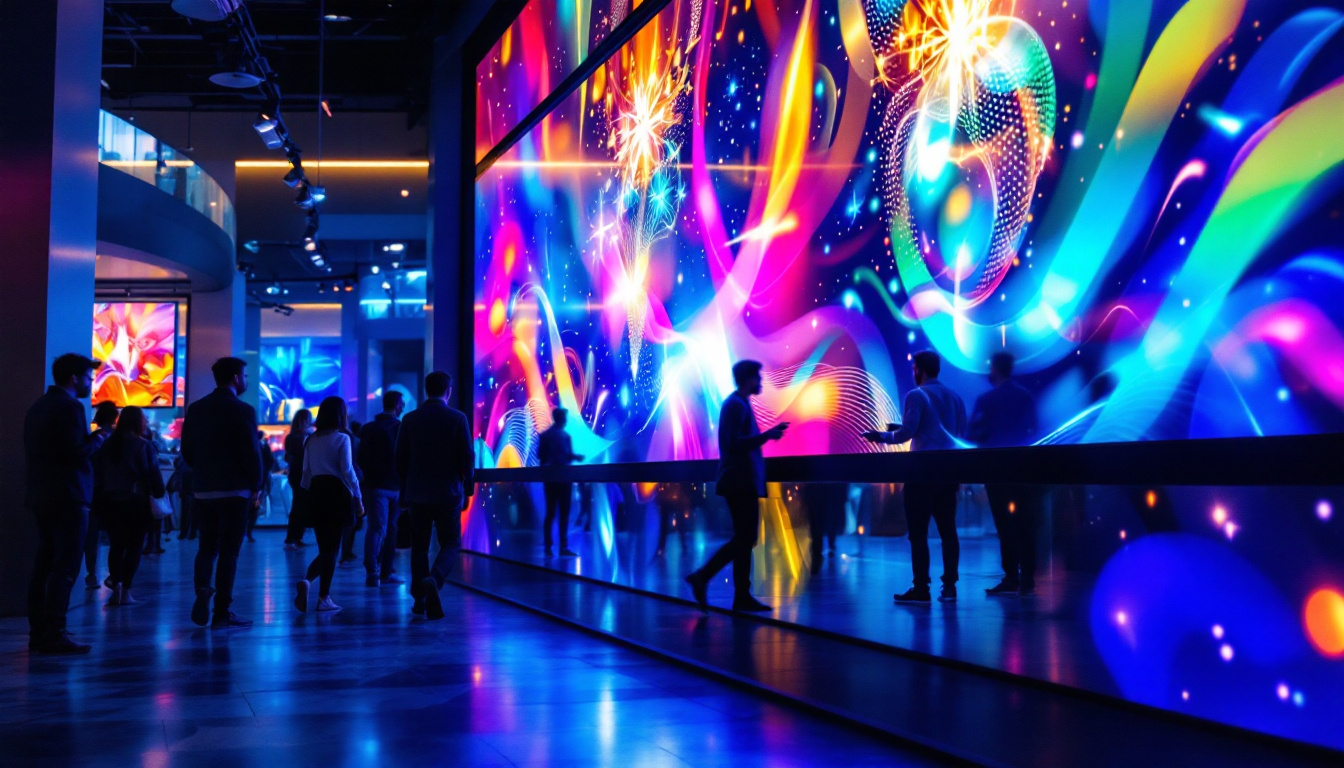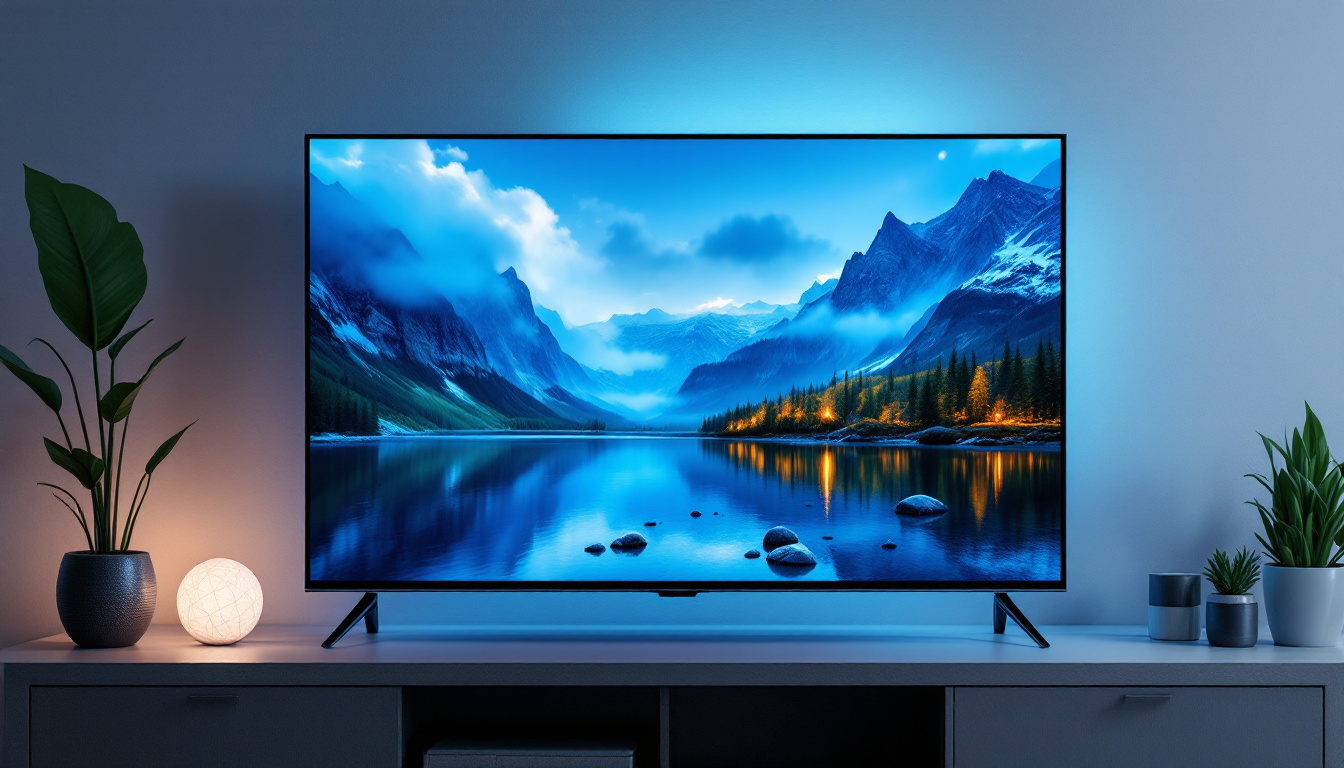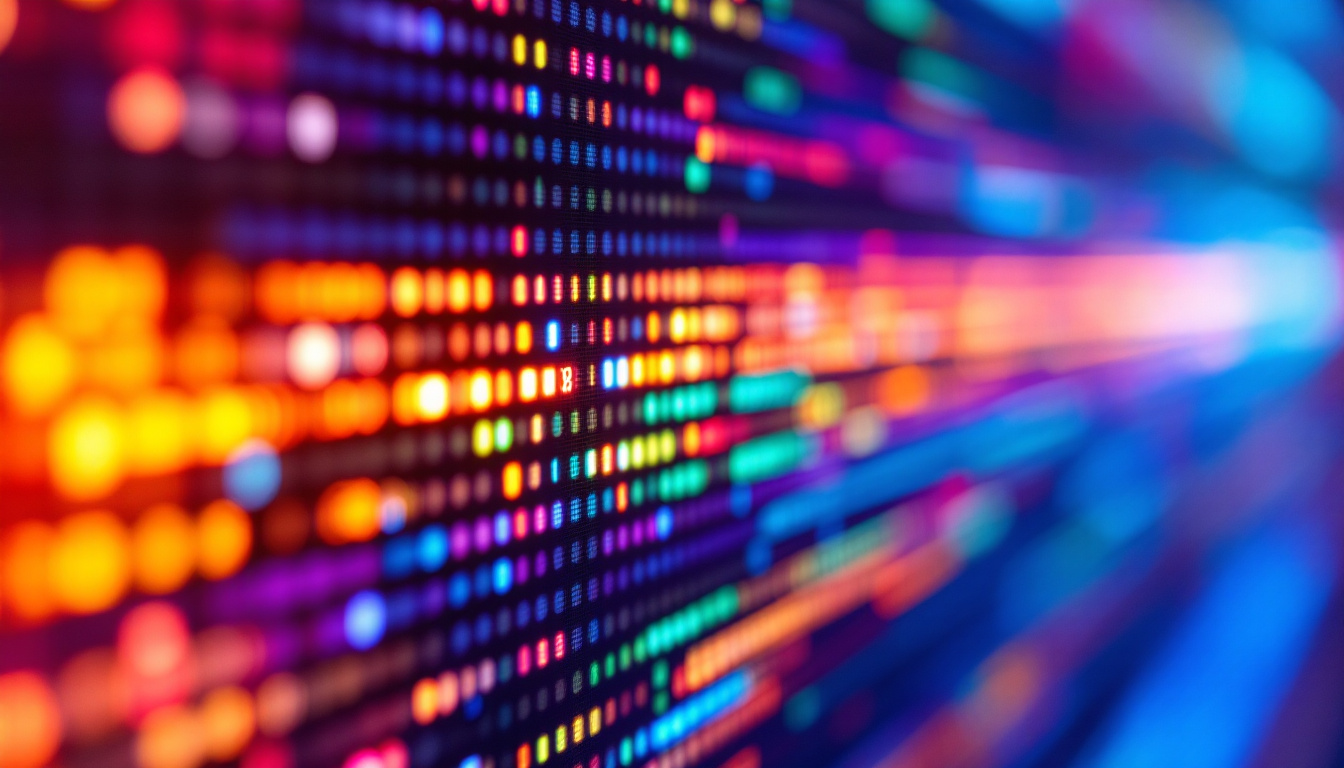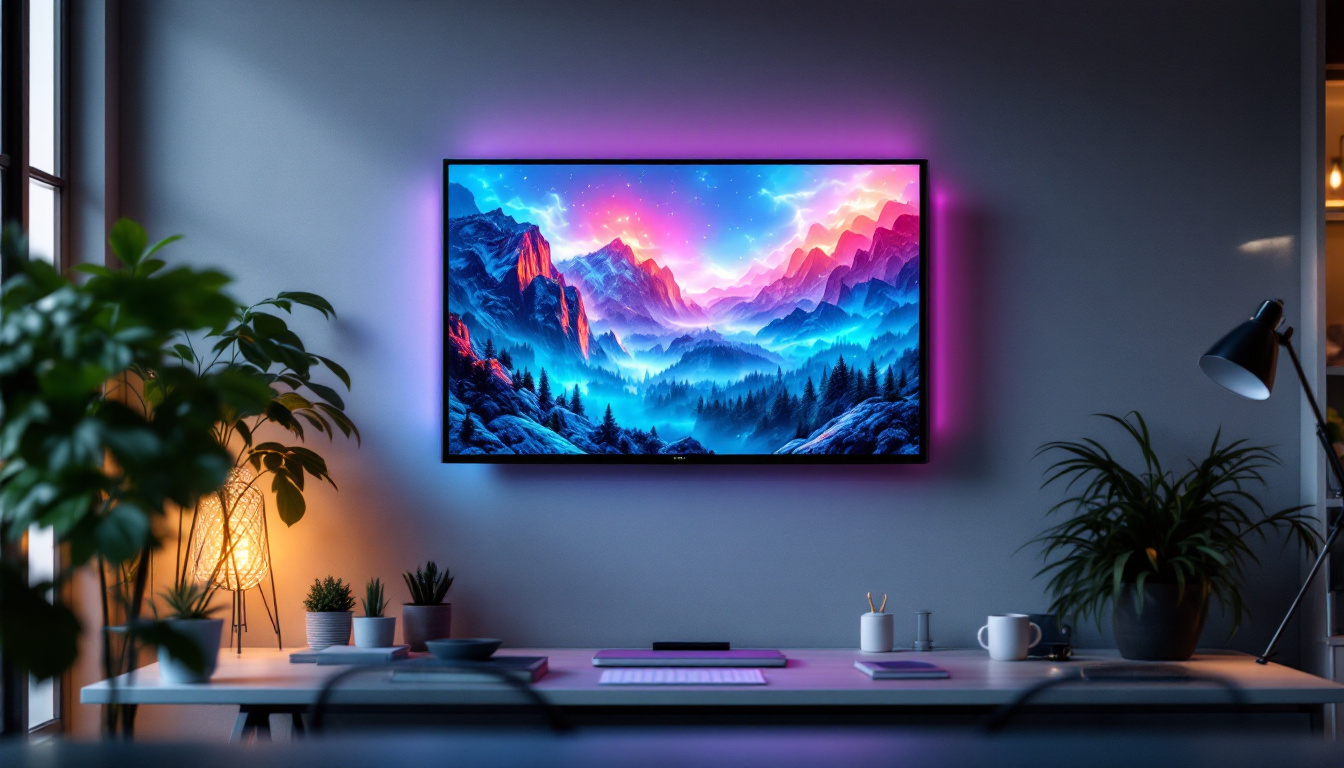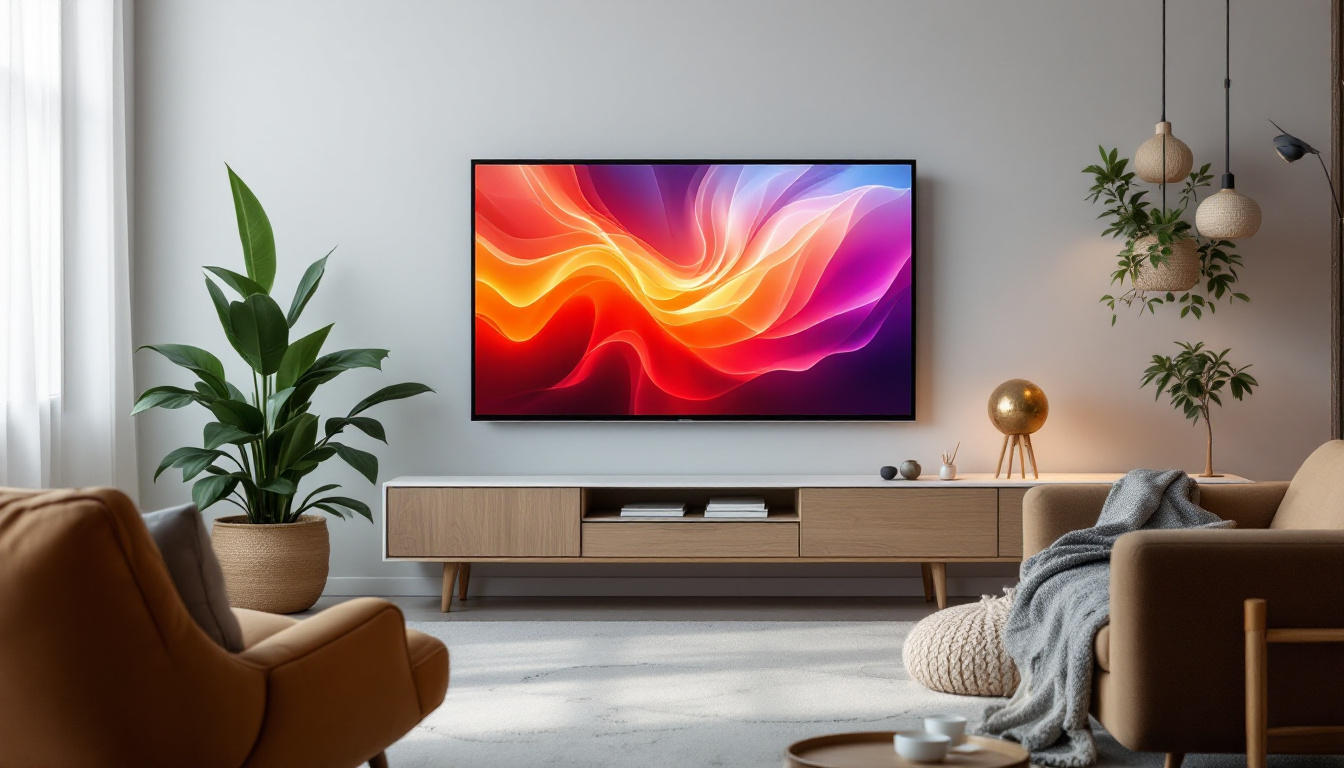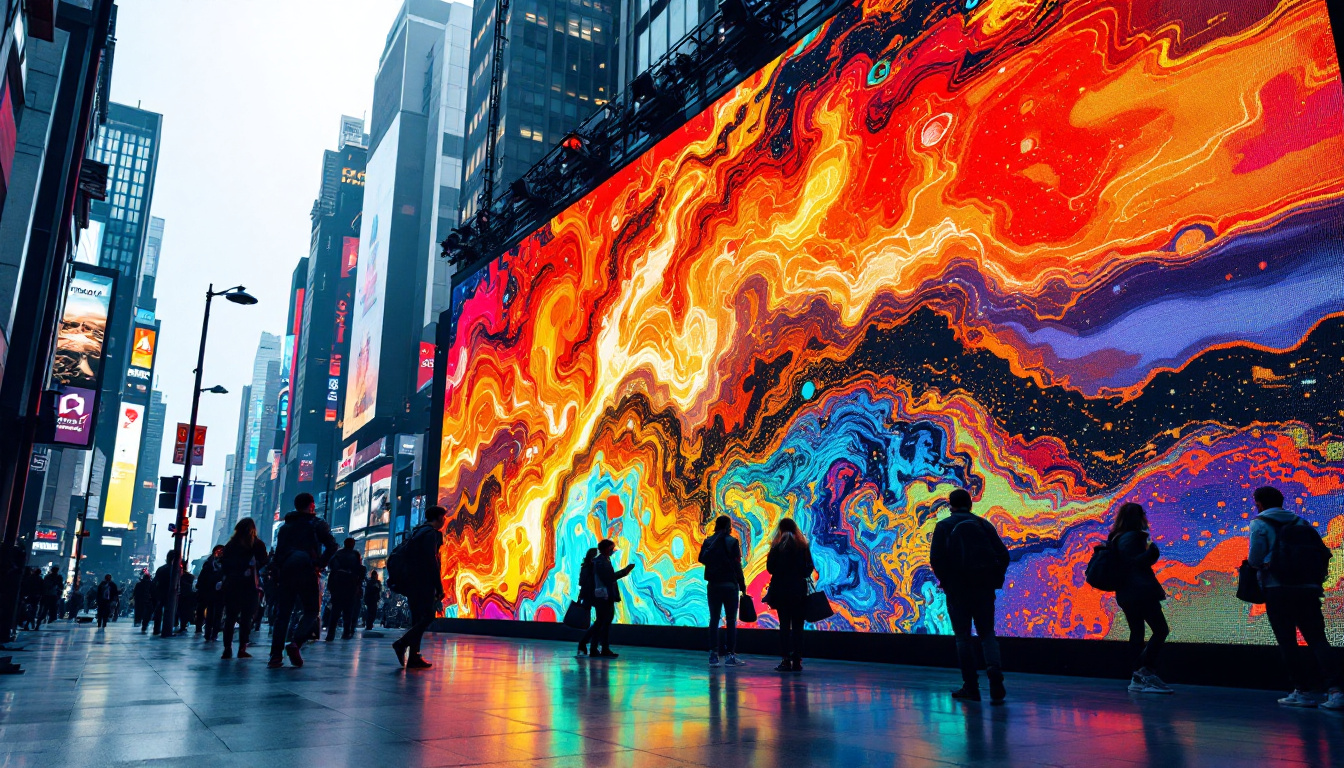In the realm of advertising, the medium through which messages are conveyed plays a crucial role in capturing the audience’s attention. Among the various options available, LED displays have emerged as a dominant force in the advertising landscape. Their vibrant colors, dynamic content capabilities, and energy efficiency make them a preferred choice for businesses looking to enhance their visibility. This article delves into the intricacies of LED displays, exploring their technology, applications, benefits, and future trends.
Understanding LED Technology
Light Emitting Diodes (LEDs) are semiconductor devices that emit light when an electric current passes through them. Unlike traditional incandescent bulbs, which produce light through heat, LEDs are highly efficient and can produce a range of colors by adjusting the electrical current. This fundamental technology is what powers LED displays, allowing them to showcase bright and vivid advertisements. The energy efficiency of LEDs not only reduces electricity costs but also contributes to a lower carbon footprint, making them an environmentally friendly choice for lighting and display solutions.
Furthermore, the longevity of LED technology is remarkable, with many LEDs lasting up to 25,000 hours or more, significantly outpacing traditional lighting options. This durability means less frequent replacements, which further enhances their cost-effectiveness and sustainability. As a result, LEDs are becoming increasingly popular in various applications, from residential lighting to large-scale commercial displays.
How LED Displays Work
LED displays are composed of numerous individual LED elements arranged in a grid. Each LED can emit red, green, or blue light, and by combining these colors in various intensities, a full spectrum of colors can be created. This process is known as additive color mixing. The resolution of an LED display is determined by the density of these individual LEDs, with higher densities resulting in sharper images and more detailed content. The pixel pitch, which refers to the distance between the centers of two adjacent pixels, plays a crucial role in determining the viewing distance and clarity of the display.
The control systems behind LED displays are equally sophisticated. They utilize advanced software to manage the content displayed, allowing for real-time updates and dynamic advertising. This capability enables businesses to tailor their messages based on time, audience, or even current events, making LED displays a powerful tool for engagement. Additionally, many LED displays now incorporate features such as touch interactivity and integration with social media platforms, further enhancing user interaction and engagement. As technology continues to evolve, we can expect even more innovative applications for LED displays in various fields, including entertainment, education, and public information systems.
Types of LED Displays
LED displays come in various forms, each suited for different applications. The most common types include:
- Indoor LED Displays: Typically used in shopping malls, airports, and conference centers, these displays are designed for close viewing and often feature higher resolutions. Their ability to deliver high-quality images and videos makes them ideal for presentations and advertising in crowded spaces.
- Outdoor LED Displays: Built to withstand the elements, outdoor displays are larger and brighter, ensuring visibility even in direct sunlight. These displays are often used for billboards, sports arenas, and public events, where they can reach a wide audience and convey messages effectively.
- Transparent LED Displays: These innovative displays allow for visibility through the screen while still showcasing content, making them ideal for retail environments. By providing a unique blend of advertising and product visibility, transparent LED displays can enhance the shopping experience while maintaining the aesthetic appeal of the store.
In addition to these common types, there are also specialized LED displays, such as flexible LED screens that can be curved or shaped to fit unconventional spaces, and high-definition LED walls that offer stunning visual experiences for concerts and exhibitions. As the technology continues to advance, we are likely to see even more creative applications of LED displays across various industries, transforming the way we interact with visual media.
Applications of LED Displays
The versatility of LED displays has led to their adoption across various sectors. From retail to sports, their applications are vast and varied.
Retail Advertising
In the retail sector, LED displays serve as dynamic signage that can attract customers and enhance the shopping experience. They can showcase promotions, new arrivals, and seasonal sales, all while capturing the attention of passersby. The ability to change content quickly allows retailers to respond to trends and customer preferences in real-time. Furthermore, the vivid colors and high brightness of LED displays ensure that advertisements stand out, even in brightly lit environments. Retailers can also utilize these displays for interactive experiences, such as touch screens that allow customers to browse products or access additional information, thus creating a more engaging shopping journey.
Event Promotion
LED displays are a staple at events such as concerts, sports games, and festivals. They provide a large canvas for displaying information, including schedules, performer details, and sponsor advertisements. The engaging visuals can enhance the overall atmosphere, making events more memorable for attendees. Additionally, LED screens can be used for live streaming, allowing audiences to see performances from different angles or view highlights in real-time. This capability not only enriches the experience for those in attendance but also extends the reach of the event to online viewers, creating a more inclusive environment.
Public Information
City governments and transportation authorities utilize LED displays for public information dissemination. These displays can provide real-time updates on traffic conditions, weather alerts, and emergency announcements. Their visibility and adaptability make them an essential component of modern urban infrastructure. Beyond basic information, these displays can also feature community announcements, public service messages, and even art installations, fostering a sense of community engagement. Moreover, the integration of smart technology allows for data-driven content that can adjust based on factors such as time of day or current events, ensuring that the information provided is always relevant and timely.
Benefits of LED Displays
LED displays offer numerous advantages that contribute to their growing popularity in advertising. Understanding these benefits can help businesses make informed decisions about their advertising strategies.
Energy Efficiency
One of the most significant benefits of LED technology is its energy efficiency. LED displays consume considerably less power compared to traditional display technologies, such as LCD or incandescent bulbs. This not only reduces operational costs but also aligns with sustainability goals, making LED displays an environmentally friendly choice.
High Visibility and Brightness
LED displays are known for their high brightness levels, which ensure visibility even in bright daylight. This characteristic makes them ideal for outdoor advertising, where competition for attention is fierce. The vibrant colors and sharp contrast of LED displays can effectively capture the interest of potential customers.
Longevity and Durability
LED displays boast a longer lifespan compared to traditional displays, often lasting over 100,000 hours. Their solid-state construction makes them resistant to shocks and vibrations, further enhancing their durability. This longevity translates into lower maintenance costs and reduced frequency of replacements, making them a cost-effective investment for businesses.
Challenges and Considerations
While LED displays offer numerous benefits, there are also challenges and considerations that businesses must keep in mind when integrating this technology into their advertising strategies.
Initial Investment
The upfront cost of purchasing and installing LED displays can be significant. Businesses must weigh this initial investment against the long-term benefits, such as energy savings and increased visibility. For many, the return on investment becomes apparent over time as the displays attract more customers and drive sales.
Content Management
Effective content management is crucial for maximizing the impact of LED displays. Businesses need to invest in software solutions that allow for easy updates and scheduling of content. Additionally, creating engaging and relevant content requires a thoughtful approach to design and messaging.
Regulatory Compliance
In some regions, there are regulations governing the use of LED displays, particularly in outdoor settings. Businesses must ensure compliance with local laws regarding brightness levels, placement, and content to avoid fines or legal issues. Understanding these regulations is essential for successful implementation.
The Future of LED Displays
As technology continues to evolve, the future of LED displays looks promising. Innovations in design and functionality are set to enhance their capabilities further.
Advancements in Technology
Emerging technologies, such as flexible LED displays and microLED technology, are paving the way for new applications. Flexible displays can be bent and shaped to fit various environments, while microLED technology offers even higher resolutions and improved energy efficiency. These advancements will likely expand the possibilities for advertising and display solutions.
Integration with Smart Technology
The integration of LED displays with smart technology is another exciting trend. With the rise of the Internet of Things (IoT), LED displays can be connected to data sources, allowing for real-time updates based on audience behavior and preferences. This level of interactivity can create personalized experiences that resonate with consumers.
Environmental Considerations
As sustainability becomes increasingly important, the LED industry is focusing on eco-friendly practices. This includes using recyclable materials in manufacturing and improving energy efficiency. As businesses prioritize sustainability, LED displays will likely play a significant role in promoting environmentally responsible advertising.
Conclusion
LED displays have revolutionized the advertising landscape, offering businesses a dynamic and effective way to engage with their audience. With their energy efficiency, high visibility, and versatility, they are an invaluable tool for modern advertising strategies. As technology continues to advance, the potential for LED displays will only grow, making them an essential component of any forward-thinking marketing approach.
In a world where capturing attention is paramount, LED displays stand out as a beacon of innovation and creativity. By understanding their technology, applications, benefits, and future trends, businesses can harness the power of LED displays to elevate their advertising efforts and connect with consumers in meaningful ways.
Illuminate Your Brand with LumenMatrix
Ready to take your advertising to the next level? Discover LumenMatrix’s innovative LED display solutions and transform the way you engage with your audience. From vibrant Indoor LED Walls to captivating Outdoor LED Displays and beyond, LumenMatrix offers a comprehensive range of products designed to make your brand shine. Experience the future of visual communication with our cutting-edge technology that promises to captivate, engage, and leave a lasting impression. Check out LumenMatrix LED Display Solutions today and illuminate your brand’s potential.

